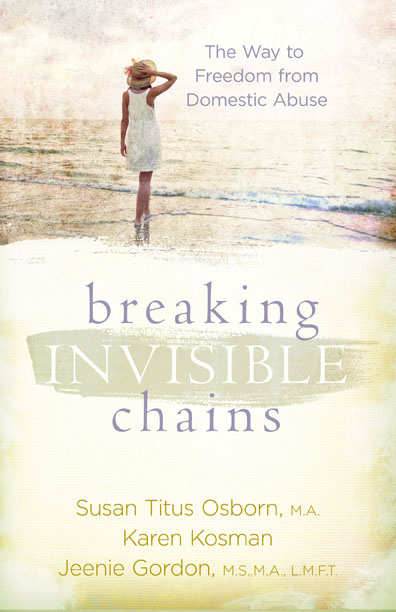I have customers who don’t have their computer files in logical order. Some of them haven’t even set up folders. I think it’s important to have folders, subfolders, etc. so you can find the files on your computer when you need them. I also have an external hard drive that I plug into my computer and back up my files on every so once in a while (I suppose more often than that would be better but…). Once in a while I go through and delete the files and folders on my hard drive that I am not using. I have the comfort of knowing they are backed up on my external hard drive, so if I need something I deleted I know where to go to get it. When I buy a new computer, I transfer ONLY the files I need from my external hard drive over to my new computer. That way I am starting fresh.
There are certain things though that I want to have a hard copy of, so I print those out and put them in one of my three file cabinets. Remember when we switched from 3 1/2 inch floppies to CDs? I know I have several old books I wrote that are still on those, and I wish I would’ve transferred them over before floppies became obsolete.
I use flash drives to back up immediate stuff. But as time goes by, it’s hard to know what is on which flash drive, so I don’t find them useful for storing things long-term. I know a lot of us writers are sanguine, and organization is something we struggle with. I know I do. I would rather write a new book than organize my office or my computer for that matter.


